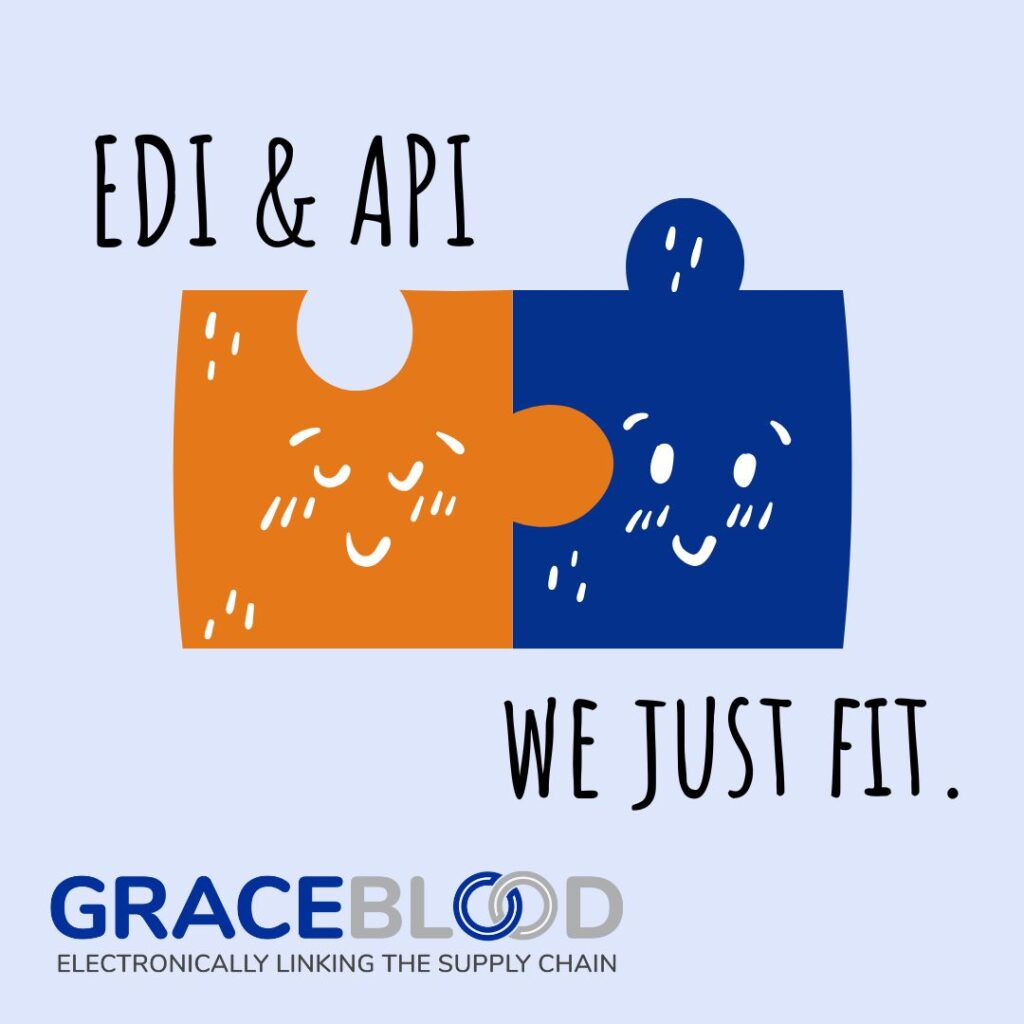We’ve all heard it – stories of bad experiences with EDI providers. Out of respect for my colleagues in the industry, I won’t throw anyone under the bus. But between call center hassles, unmet timelines, unfair billing practices and integration disasters – these experiences are costing companies thousands of dollars and creating countless lost opportunities each year. Here’s how it begins: You either respond to some slick marketing campaign or perhaps you reach out to the provider your customer has recommended – not realizing, of course, that in many cases your customer is getting something for their referral. You sign on the dotted line only to realize weeks or even months later that you are still waiting for an EDI solution to materialize, and your boss is breathing down your neck because POs are waiting to be delivered, and you’re on the verge of losing your biggest customer because you’re not EDI compliant. Does that sound at all familiar?
Obvious Cost
Determining the obvious cost of EDI is easy – how much did you pay for a service you did not receive? One of our clients, a well-respected medical supply company, signed a contract with a large EDI provider who excels at marketing. After nine months of integration issues, they still were not in production and the whole nightmare ended up costing them tens of thousands of dollars, because of course the EDI provider starts billing the day you sign the contract, not when you actually begin live processing with EDI. They were introduced to us by one of our partners and we were able to get them into production in a few months on our Managed Services (MS) platform. They are embracing our EDI visibility/dashboard tool, reporting that the timeline feature is crucial to having day-to-day insight into their supply chain.
Another place where money seems to disappear is long term contracts with no room for flexibility. Is your provider offering to scale up or down depending on your volume? We have clients that may dip their toes into EDI by enrolling at a lower-tier subscription, and as they quickly discover the benefits of EDI first-hand, we work with them to alter the terms of their subscription to accommodate their new passion for adding more trading partners. We are always willing to renegotiate the subscription based on a change in volume. Just yesterday, I had this very discussion with one of our long-term clients. Their current volume based on recent growth was roughly twice what they originally estimated so we offered them a new subscription based on their present volume. As the Director of Client Success, I advocate on behalf of our clients, and it’s so rewarding knowing they trust me to recommend what’s in their best interest. This is just one of many reasons why our attrition rate is so low.
 Hidden Cost
Hidden Cost
The hidden, not so apparent, cost of a subpar EDI solution and/or provider is not as easy to quantify. Questions you can ask yourself may include: Do I have a lot of chargebacks due to late ASNs or missing data? Am I missing out on new business because of a backlog of new partner onboarding? Am I losing potential new business because I need to be EDI compliant? Can I accurately answer questions about lead times and fill rates from my leading vendors or with my best customers? Is my EDI provider proactive regarding requirements changes and security updates? Depending on your answers to some or all of the above questions, you may be a victim of the hidden cost of subpar EDI providers. But how can you avoid this?
The best advice we can offer is don’t fall for glossy marketing or simply choose the lowest price. Your best bet is to speak to actual customers. Your ERP partner is also often a good resource. Has this EDI provider successfully integrated with your ERP before? Are they thought leaders in your space? Do they have real-world examples of how they have solved business pain similar to yours? Take supplier A and supplier B, competitors that both need to be EDI compliant with Amazon. Supplier A chooses a large EDI provider who seems to know what they are talking about and the price is right. They had a really nice slide deck they showed during their presentation. Supplier B chooses GraceBlood, a boutique firm, that specializes in B2B EDI integration with a handful of ERP platforms. Supplier B got strong references from actual clients and a heavy endorsement from their ERP partner. We had supplier B up on EDI in record time, with an integrated solution including custom rules and alerts to proactively monitor performance toward their SLAs, while supplier A never got out of the gate with their EDI provider – net loss for supplier A was millions of dollars in annual revenue because they were beat out by their competitor.
Final Thoughts
Your B2B relationships are only as strong as the technology supporting them. Would you rather work with an EDI provider with a proven track record of providing the very best service and outcome for their clients? A provider who knows you by first name and approaches each project on an individual basis? Or with a provider that has thousands of clients and a one-size-fits-all mentality? I know what supplier B would say.
Contact us for a consultation and we’ll walk through how we would approach solving YOUR business pain.








